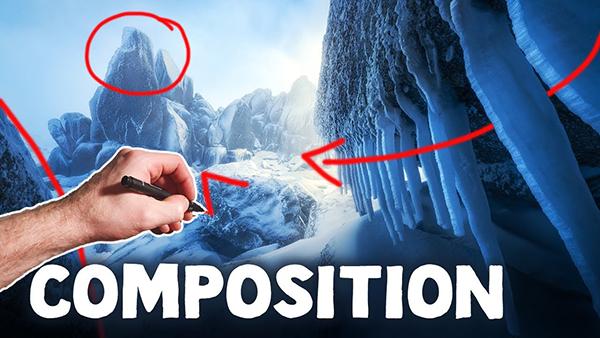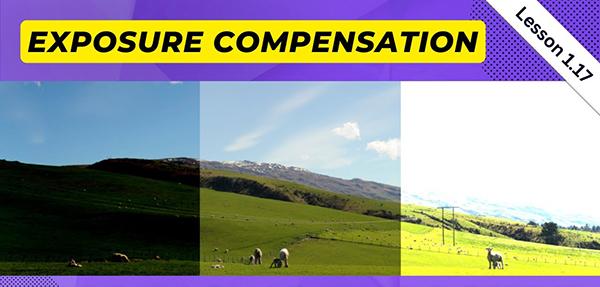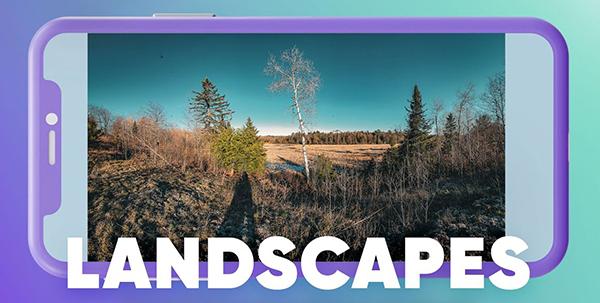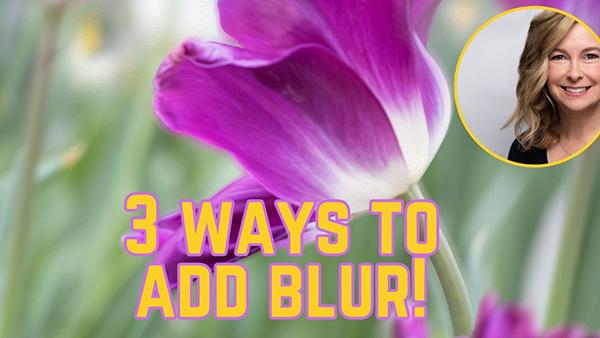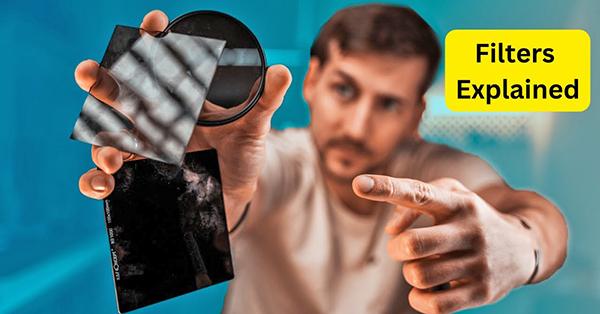Nature Photography How To
Sort By: Post Date TitlePublish Date
|
May 20, 2024
|
May 17, 2024
|
May 10, 2024
|
May 09, 2024
|
May 08, 2024

